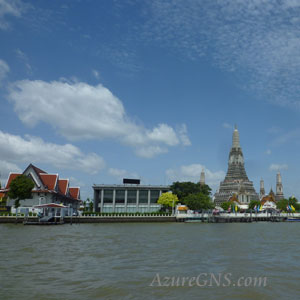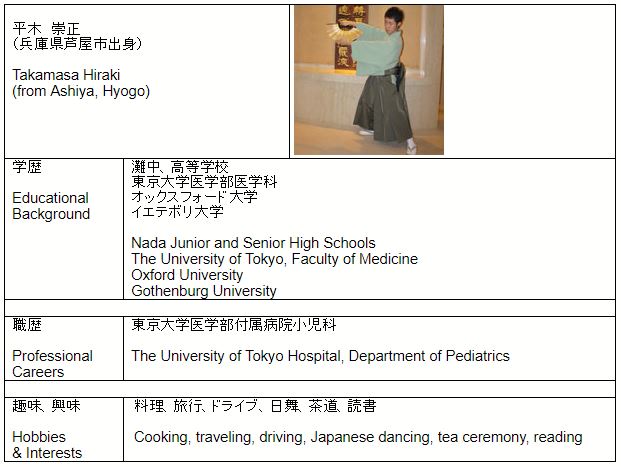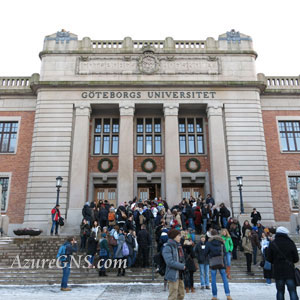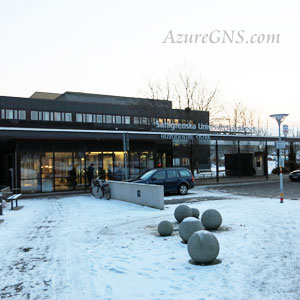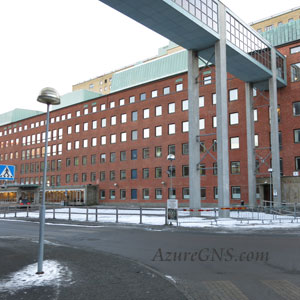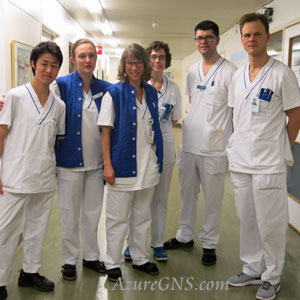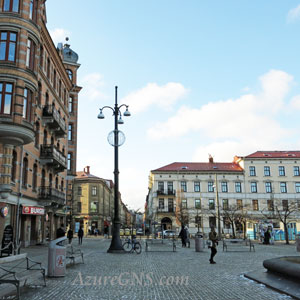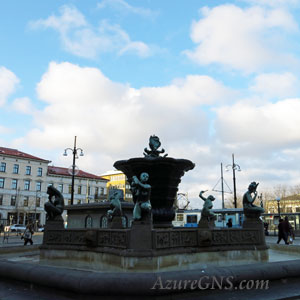ラオスとタイの公衆衛生問題
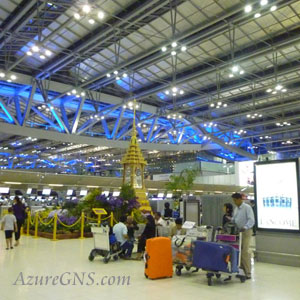
2012年7月、東南アジアの公衆衛生を学ぶために同期数人と10日間、ラオスとタイへ行きました。ラオスと日本には直行便がありますが、我々はバンコクまで飛行機で行き、ウドンターニー行きの便に乗り継ぎ、そこから陸路でラオスに入国しました。ラオスの首都であるビエンチャンはタイとの国境から車で30分ほどです。そこではJICAラオス事務所を訪れて現地での取り組みについて伺いました。ラオスには当時医学部が存在せず、ラオス国内で医師を教育することは出来ない状態でした。このため、医学部設立に向けた活動を行うと同時に、衛生面や栄養面の改善、妊婦健診や病院での出産の普及など様々な問題に対する取り組みを行っていました。
In July 2012, I went to Laos and Thailand with some of my classmates for 10 days to learn about Southeast Asian public health. We flew to Bangkok where we caught a connecting flight to Udon Thani, and entered Laos by land, though there were direct flights between Japan and Laos. It was around a 30-minute drive from the border between Thailand and Laos to the capital of Laos, Vientiane. We visited the JICA Laos Office and were lectured about the contents of their activities. At that time, there was no medical school in Laos so that doctors could not be trained inside the country. Therefore, JICA supported the establishment of a medical school. At the same time, they improved the situations of sanitation and nutrition, spread checkups for pregnant women and deliveries in hospitals, and many other efforts.
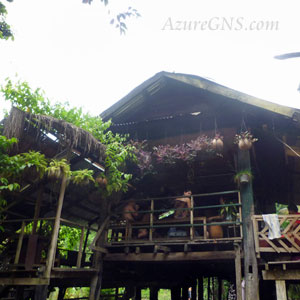
街中では市場に行ってみましたが治安は比較的良く、危ない思いをすることはありませんでした。商品の中には紙オムツや洗剤など日本でも見かける商品もありました。名物だという薬草を使ったサウナにも入ってみましたが、香りの強いアロマオイルの焚かれた高温サウナという感じで非常に面白かったです。外気は茹だるような暑さでしたが、サウナから出ると自然と快適な温度のように感じました。
We went to the market in the downtown area which was relatively safe so we had no dangerous experiences there. The same paper diapers and detergent which were seen in Japan were sold there. We tried a medicinal herb sauna, a local specialty, which was a very interesting highly-heated sauna with a strong fragrant aroma. After we left the sauna, we naturally felt more comfortable even in the sweltering open air.
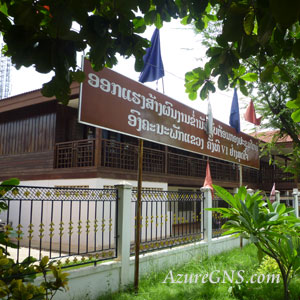
ラオス到着の翌日には、飛行機でラオス東部の町パクセーに移動しました。ここにもJICAの事務所があり、JICAの方々からお話を伺ったり病院を見学したりしました。基本的に地元の開業医というものは存在しないので、病気の際には郡病院や県病院、保健センターなど公的医療機関で受診しなければなりません。人的・物的資源がともに乏しい中で、疾患に対する治療と並行して啓蒙活動などを積極的に行っていました。各施設には日本だけではなくフランスやドイツなど様々な国から、医療や公衆衛生について人的・物的両方の支援が行われていました。但しこのような支援は、最終的には現地の人々が持続的に行えることが非常に重要であり、人材教育などにも力を注いでいました。
On the next day after we arrived in Laos, I flew to Pakse, an eastern town in Laos, where there was another office of JICA. Here we were lectured by the members and we also visited the hospital. Basically, there are no local general practitioners, so sick people have no choice but to go to public medical facilities: county hospitals, prefectural hospitals or health centers. JICA has been energetically conducting an awareness campaign for health as well as medical care for diseases despite the serious shortage of human and material resources. Besides Japan, many countries such as France and Germany support medical care and public health on both issues of trained staff as well as equipment and supplies. However, what is much more important in terms of support is to make Laotians independent in the future, so they have also been focusing on staff training.
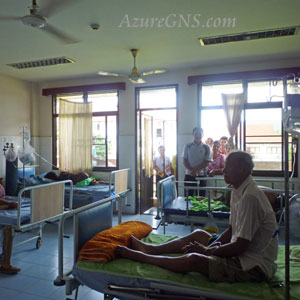
一方、視察に行った村では家の床下に豚や鶏などの家畜を飼育しており、衛生面における課題も見られました。また、市街地から離れた場所には医師がいないことも多く現代医療に対する馴染みが薄い場所もあります。そのような場所には未だに呪術師が医師の役割を果たしており、そのような地域への医療介入は難航しているようでした。
On the other hand, there are problems from a sanitary aspect: in a village, we saw houses which had livestock such as pigs and chickens under the floor. Doctors hardly ever visit places far from urban areas, so shamans play the role of doctors. It is likely that the intervention of medical care is not going smoothly in those areas.
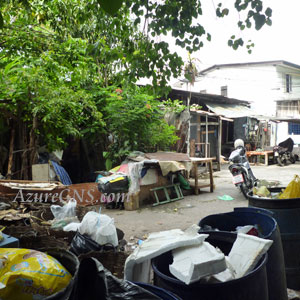
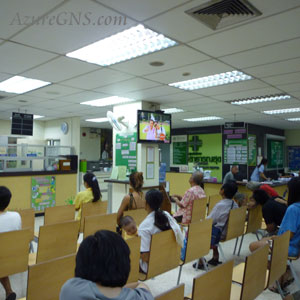
パクセーに数日間滞在して各施設を視察した後、飛行機でバンコクに移動しました。バンコクでは、港の近くにあるスラム街やそこにある保健センターを視察しました。ゴミが山積みになっている中で、川の上に家を建てて住んでいる光景は衝撃的でした。ガイドに案内してもらったので大丈夫でしたが、一般の旅行客が足を踏み入れるには危険な場所という印象を受けました。スラム街にある保健センターでは設備や物的資源がほとんど整っておらず、薬を処方されるのも長時間待たされていました。
After we stayed in Pakse for several days, we flew back to Bangkok. We visited a slum near the port and a health center there. We were shocked to see people living in houses on the river which was covered with waste. The slum seemed to be too dangerous for general tourists to visit though we finished our visit without any trouble thanks to the guide. The health center in the slum was barely supplied with equipment or material resources. People had to wait a long time just to be prescribed only medicine.
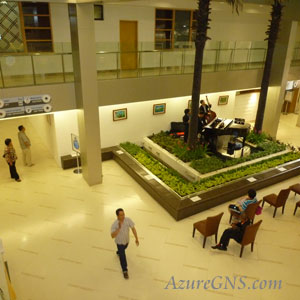
また一方で、タイ政府は外国人向けの医療ツーリズムに力を入れており、VIP向けの高級医療機関もあります。我々が訪れた病院では設備が整っていて、先進医療を積極的に行っていました。様々な国の人々に細やかな対応が出来るようになっていて、日本人の医師も勤務していました。スラムでの不十分な医療と医療ツーリズムの先進医療の両方を見て、医療格差について色々と考えさせられました。
On the contrary, the Thai government gives high priority to medical tourism for foreign visitors. There are even high-quality medical institutions for VIPs. We visited one of them where advanced medical care was initiatively given and was ready for high quality services to people from various countries. There was even a Japanese doctor working there. I could not help thinking about the gap after seeing both the inadequate medical care in the slum and the advanced medical care for medical tourism.
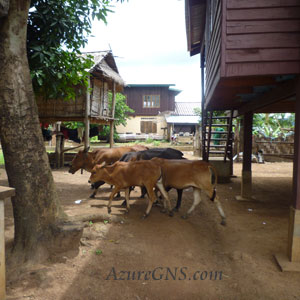
タイやラオスなどの東南アジアにおける公衆衛生問題は社会情勢と密接に結びついており非常に複雑で、簡単に解決することは出来ません。しかし日本を含む先進諸国が様々な援助を行い現地の人々と協力して、状況は少しずつ良くなっていると感じました。
It is quite difficult to solve the very complicated problem of public health in Thailand and Laos because the problem is closely associated with social conditions. However, the situation has gradually been getting better in cooperation with medical staff from developed countries and local people using various aid from developed countries including Japan.
